有馬温泉 is a natural 温泉 (おんせん - onsen - hot spring) resort northeast of 神戸 (こうべ - Kobe) on the opposite side of 六甲山 (ろっこうさん - rokkousan - The Rokko Mountains). It is the oldest 温泉 in Japan, dating back more than a thousand years and featuring prominently in the country's history; priests, feudal lords and even the occasional Emperor were known to enjoy having a soak there. Fortunately even we common folk can enjoy it these days - the only thing stopping you from stepping back into simpler times is the price of a ticket.
Although 有馬 (ありま - Arima) is technically a part of 神戸 and not too far as the crow flies, getting there with 六甲山 in the way does present a challenge. One option is to take a train, which runs along a repurposed scenic railway line and winds its way around the mountains; another is to jump on a bus and go underneath them through a series of tunnels out the other side. If the high road is more your thing though, there is a cable car that climbs from 神戸 city to the top of 六甲山 and a ropeway that trundles down the other side into 有馬. This is the slowest and most expensive option but you can't argue with the view.
Once there, it's easy to get around with the help of the deliberately retro-looking "Loop Buses" that link the stations and major spots. It's a very tourist-heavy area so there are plenty of tourist information offices that can provide maps and advice. The sprawling maps make 有馬 look much bigger than it is - it's actually very compact and easy to explore on foot.
From the outside, 有馬 is not the prettiest place in the world to look at - for the most part it's just outdated looking concrete buildings jammed haphazardly along the banks of the river. There are nice pockets that remind you of its age however, with rustic wooden buildings and ancient shops tucked off the main drag in narrow alleyways that snake up the hill. In some ways it feels like 城崎温泉 (きのさきおんせん - Kinosaki Onsen), with its little bridges and cramped back streets - there are treasures to be found in both.
Most of the 温泉 in town are part of the old 洗湯 (せんとう - sentou - bath houses) and 旅館 (りょかん - inns) that have been around since the early days. Many of the older hotels in the area have names that end in "坊" (ぼう - bou), such as 中の坊 (Naka no Bou) and 奥の坊 (Oku no bou); traditionally this marked temple accommodation where priests and visitors made their quarters. Just over 800 years ago, a priest called 仁西 (にんさい - Ninsai) set up 12 of these "temple lodges" that the sick and infirm could visit for theraputic purposes. Nowadays, they're aiming for a wider audience; the number of 旅館 and 洗湯 has since more than tripled, with a range of old and new facilities providing health treatments and spa retreats for every budget.
Some of these are tiny 洗湯 truly in the old style, where you're given a stool and a little towel and not much else - perhaps a good choice for people looking to bring supplies from home and bathe on the cheap. Others, like 太閤の湯 (たいこうのゆ - Taikou no Yu) above, are better described as resorts. These are a much more expensive but all-inclusive option that provides fluffy bath towels, endless potions and lotions to splash all over yourself and even your own colour-coordinated 浴衣 (ゆかた - yukata - light cotton dressing gown). With massages, sprawling food halls and shops selling おみやげ (omiyage - souvenirs), they're definitely the celebrity option. In fact, the name 太閤の湯 means "Toyotomi Hideyoshi's hot spring", referring to one of Japan's most famous 大名 (だいみょう - daimyou - feudal lords) who took control of most of the country before the 徳川幕府 (とくがわばくふ - tokugawa bakufu - Tokugawa Shogunate) was set up. Hideyoshi lived in 大阪城 (おおさかじょう - osakajou - Osaka Castle) later in his life and was said to visit 有馬 often. I can't imagine he brought his own shampoo.
Wherever you end up though, the core experience is quite similar. After stowing your clothes in a locker, you move into the bathing area proper and wash yourself under a shower head or bucket. Once you're clean, you're free to sample the various 温泉 on offer - if you're lucky, you'll find yourself somewhere with 露天風呂 (ろてんぶろ - rotenburo - outdoor baths). Cloudy rust-coloured iron baths known as 金線 (きんせん - kinsen - gold springs) are common in 有馬, as are herb baths and even radioactive pools - all are supposed to have various theraputic properties, said to be good for your skin, immune system and joints. The temperature is usually quite sensible, but it sometimes pays to dip a toe in and make sure you haven't found the occasional ice bath or magma pool. Apparently 温泉 raise your blood pressure significantly and plunging straight in can be a shock to the system; this is why you often see older people ladling some of the bathwater on themselves or dangling their feet for a while first. As relaxing as it is, spending a long time in a hot bath or サウナ (sauna) does put some stress on the body, so most 洗湯 provide lounges that people can make use of to cool back down and rehydrate.
有馬 isn't only famous for 金線 - carbonated springs called 銀線 (ぎんせん - ginsen - silver springs) bubble away at several 温泉 facilities, ready to cure what ails you. Not all of the springs are as friendly, if you believe the stories - it's said that a long time ago, carbon dioxide vented out of a ravine in the southwest of 有馬 and killed a great number of insects and birds; to this day, these areas are known as 虫地獄 (むしじごく - mushi jigoku - "insect hell") and 鳥地獄 (とりじごく - tori jigoku - "bird hell") respectively. Another spring known as うわなり湯 (uwanari yu - commonly known as "jealousy spring") is supposed to bubble and steam furiously whenever a pretty woman walks past. If it doesn't, I imagine she bubbles and steams furiously.
The carbonated 銀線 water has other uses as well; it's used to make one the most famous 名物 (めいぶつ - meibutsu - specialities) 有馬 has to offer - 炭酸せんべい (たんさんせんべい - tansan sembei - "soda crackers"). These are light, sweet wafers made with wheat flour and natural carbonic acid which gives them a slight fizzy aftertaste. Despite being so simple they're very morish, but if you have a particular sweet tooth they can be bought sandwiched with cream in surprisingly delicious flavours like しょうが (shouga - ginger) and 抹茶 (まっちゃ - maccha - green tea powder).
Another popular 名物 is what's known as 人形筆 (にんぎょうふで - ningyou fude - doll writing brushes), which are beautiful calligraphy brushes with handles hand-woven in colourful thread. It's said that they were made to commemorate the birth of a prince; long ago, one of Japan's Emperors and his wife were finally able to conceive a son after visiting and named him 有馬 to celebrate. When the 人形筆 are laid flat they look like a normal brush, but when held upright a little wooden doll pops out of the top of the handle. It's probably best not to think about this too much.
Whether or not your visit is as miraculous as all this remains to be seen, but the worst you can expect is a quiet, relaxing and theraputic experience. 有馬 may not seem like much at first, but you don't have to spend long there before it starts to show its history and experience. As you soak in one of the 露天風呂 or sprawl yourself out for a post-温泉 drink and 炭酸せんべい, remember all the historical figures that helped make it possible; your perfect bath, 1200 years in the making.
Japanese culture, life and language (without the boring bits) from a Western Australian teacher on the inside. For teachers and students of Japanese (don't tell them it's educational).
Search This Blog
Subscribe to:
Post Comments (Atom)
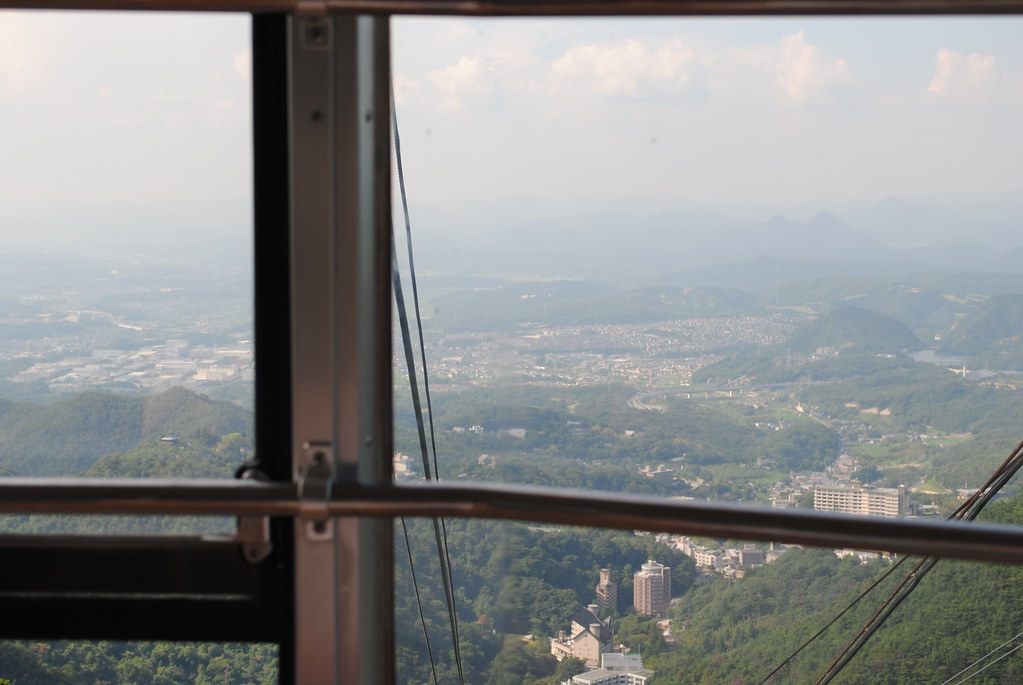
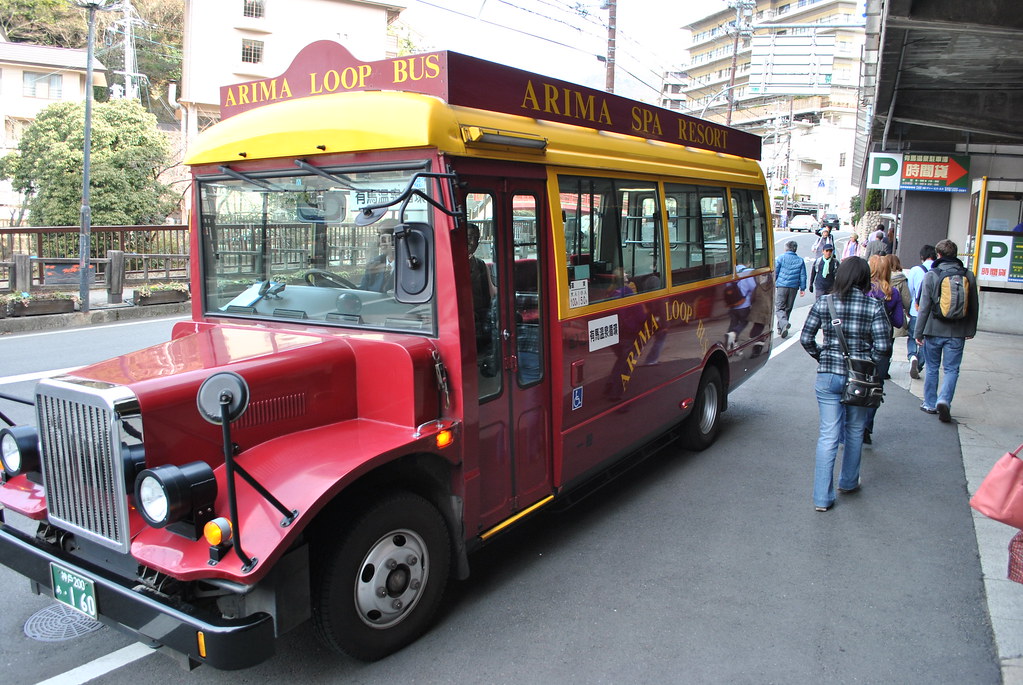
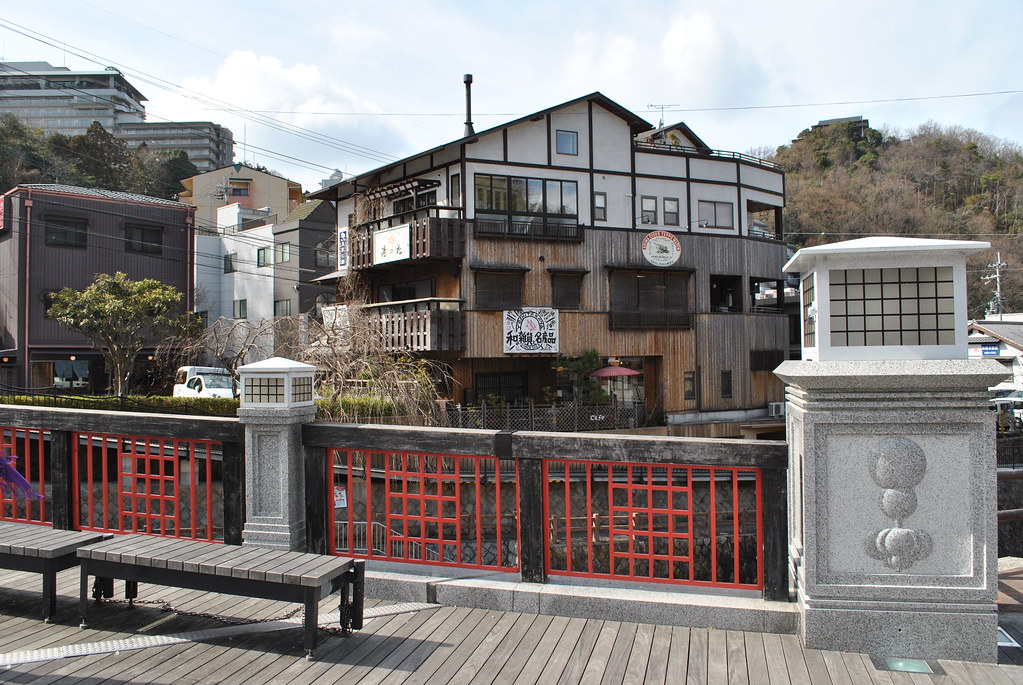
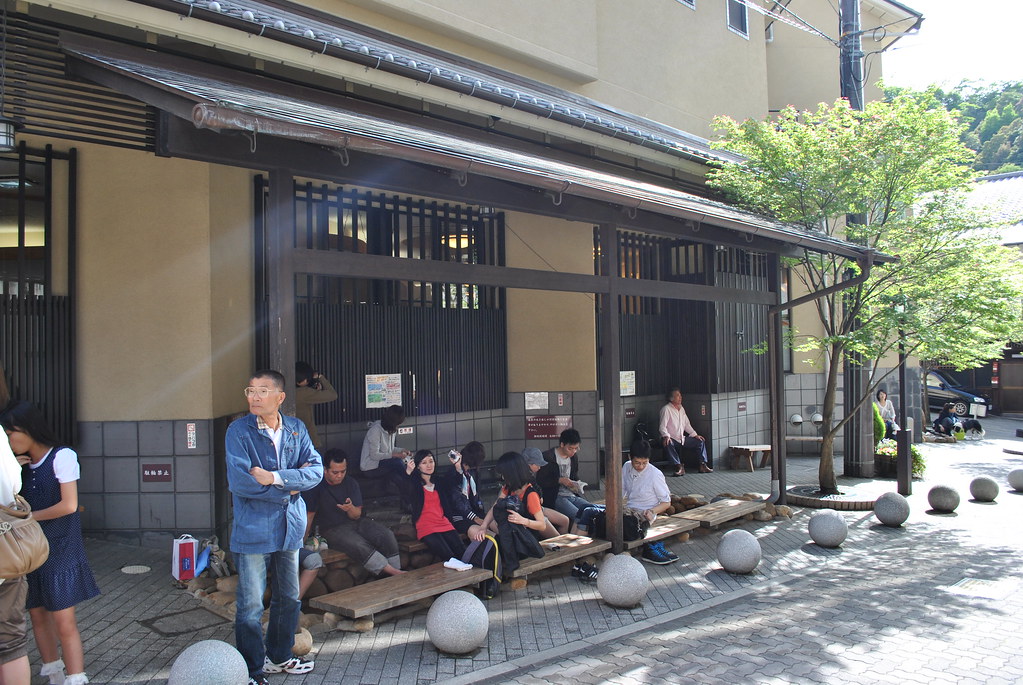
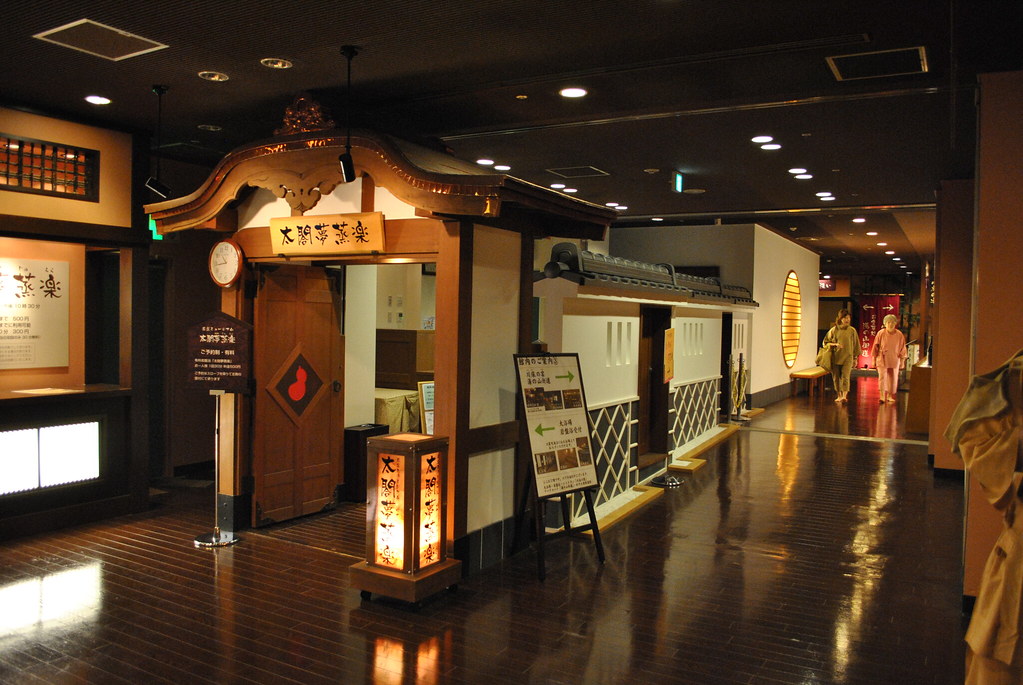
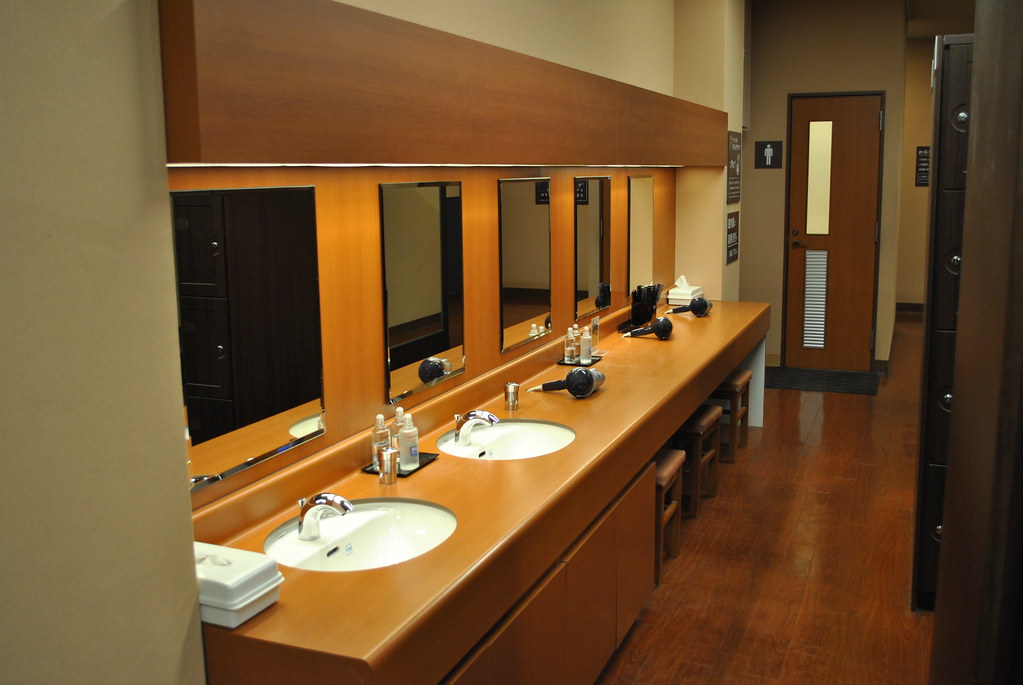
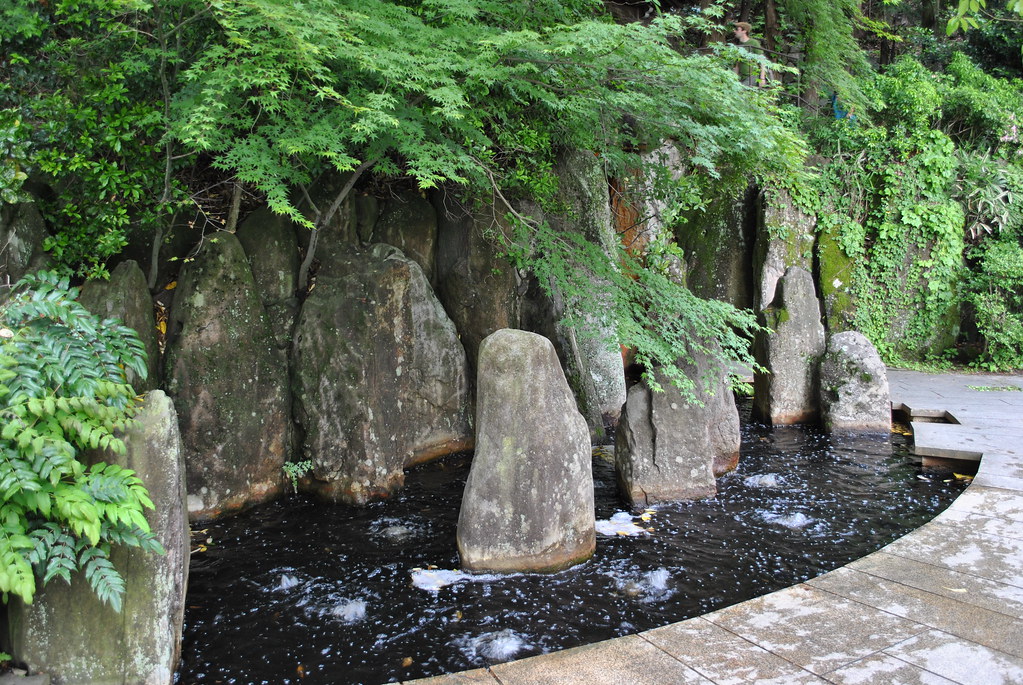
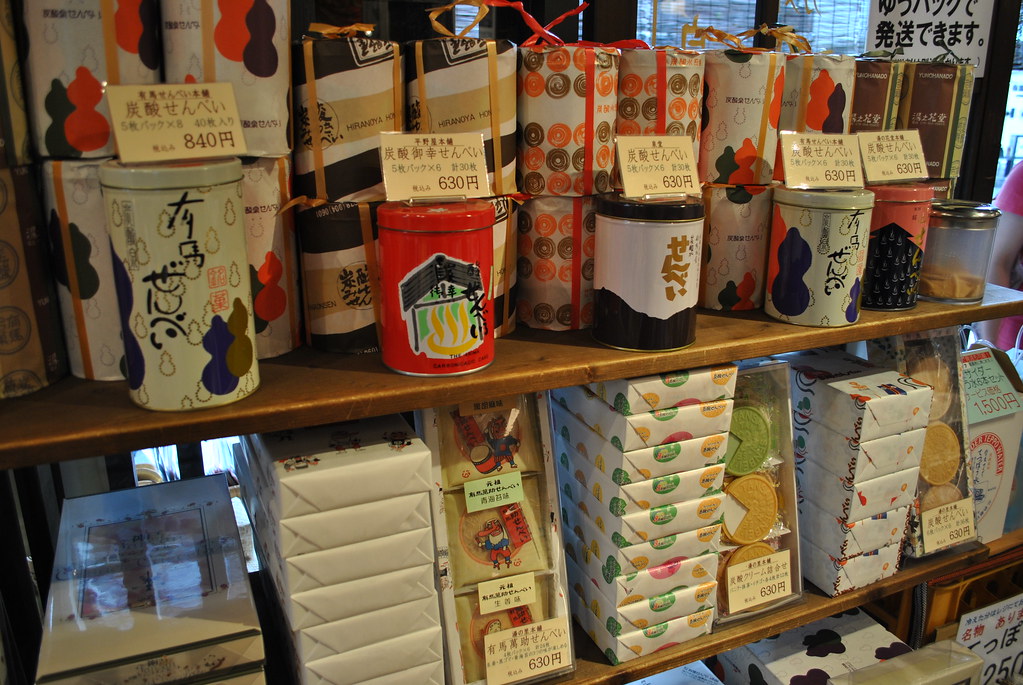

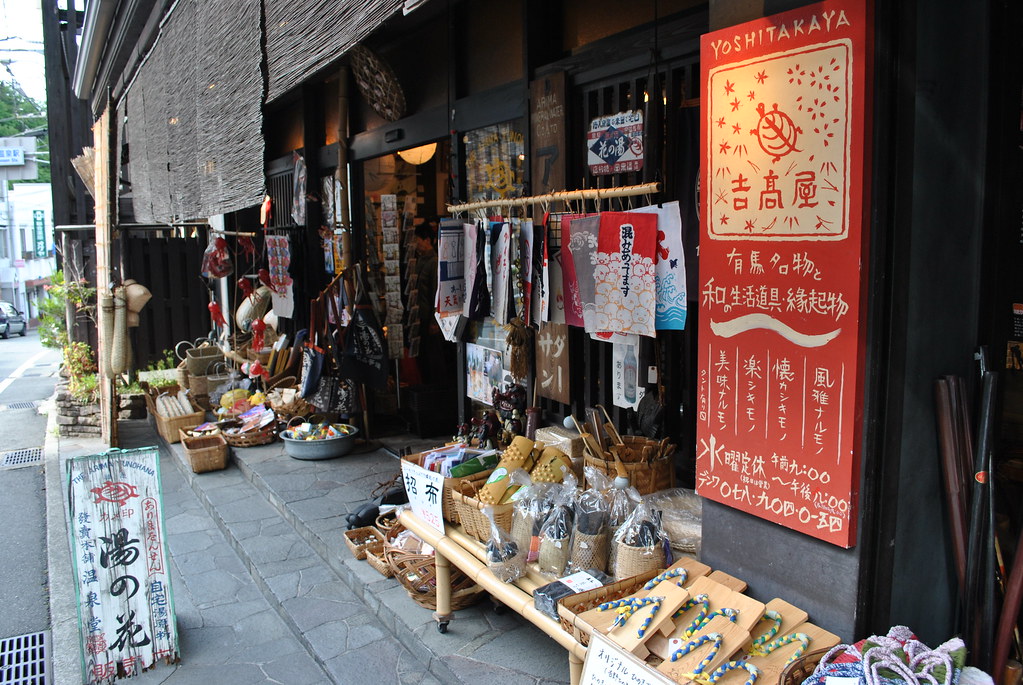
If you're interested in learning more about Arima, their website is a great source of information.
ReplyDeletehttp://www.arima-onsen.com/